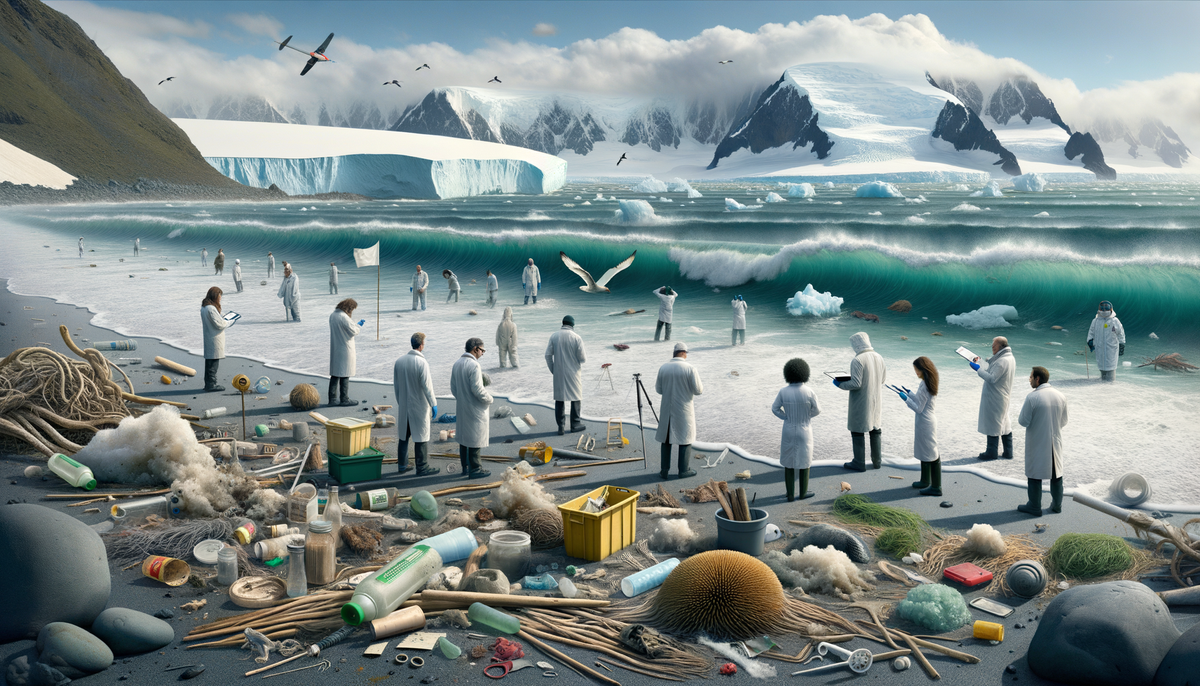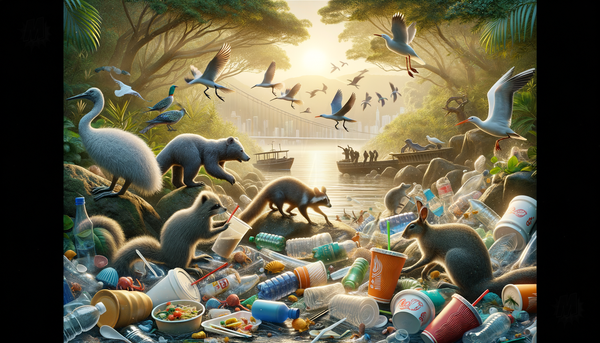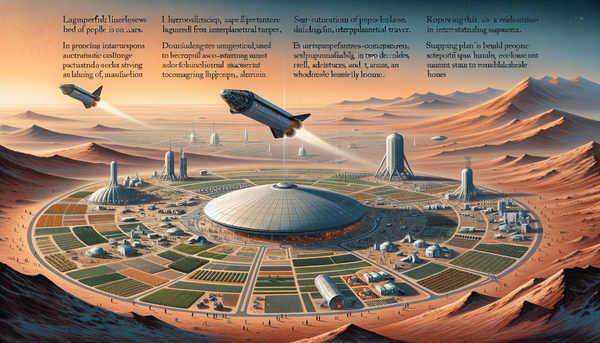Plastic and Disease Threaten Antarctic Ecosystems Amid Melting Ice

Recent research has indicated that non-native species and marine pollution from Southern Hemisphere landmasses can reach Antarctica from a broader range of sources than previously understood. The study, conducted by scientists from UNSW Sydney, ANU, University of Otago, and the University of South Florida, suggests that an increasing abundance of plastics and other human-made debris in the oceans provides more opportunities for biota to reach Antarctica. The research, which utilized simulations of ocean currents over 19 years, revealed that floating debris such as kelp, driftwood, pumice, and plastic can travel to the Antarctic coastline from regions including Australia, South Africa, South America, and New Zealand.
The findings, published in Global Change Biology, highlight that the Antarctic Peninsula is particularly vulnerable to the arrival of non-native species due to its relatively warm ocean temperatures and often ice-free conditions. Objects from islands in the Southern Ocean made landfall more frequently, posing a significant risk to Antarctica's unique ecosystems. Despite the Antarctic Circumpolar Current acting as a strong barrier, it is not impermeable, allowing for debris and potential invasive species to reach Antarctic waters. This research underscores the potential threats posed by floating debris and emphasizes the need for measures to protect Antarctica's biodiversity from the encroachment of non-native species.




